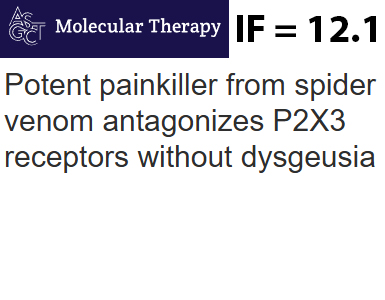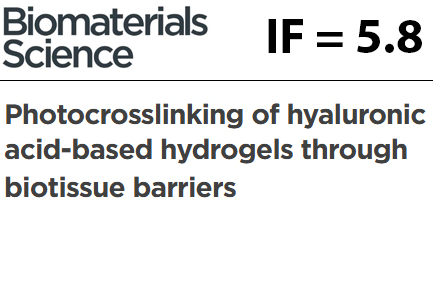Press-room / Digest

Comparative analysis of secreted peptide expression during defense response in angiosperms and spore plants
Small secreted peptides (SSPs) play important role in regulating immune response of plants, however, their evolution remains poorly studied. Researchers from the Laboratory of System Analysis of Proteins and Peptides and the Laboratory of Neuroreceptors and Neuroregulators IBCh RAS, as well as SRI PCM, analyzed transcriptomes of angiosperms and spore plants and compared the expression of genes of known SSPs in response to phytopathogens infection. The role of EPFL, MEG, and PSY peptides in regulating the immune response in both groups of organisms was shown. In addition, previously unknown PSY-like SSPs were discovered in bryophytes and their biological activity was analyzed. The work was supported by the RSF grant No. 23-74-10048 and published in the Physiologia plantarum.

Potent painkiller from spider venom
A whole family of peptides with completely unexpected activity has been discovered in spider venom. These peptides inhibit mammalian purinergic receptors with high affinity and selectivity. A peptide called purotoxin-6 (PT6) from the venom of the crab spider Thomisus onustus inhibits P2X3 receptors, an important pharmacological target in a number of pain syndromes and chronic cough. PT6 has a compact fold and exhibits a potent analgesic effect in animal models of osteoarthritis and trigeminal neuralgia. At the same time, unlike small-molecule P2X3 ligands that are being developed as drugs, purotoxin does not cause dysgeusia, i.e., distortion of the sense of taste. Research on purotoxins began at the Institute of Bioorganic Chemistry some 20 years ago under the supervision of Academician Eugene Grishin and was successfully continued by Alexander Vassilevski. The results, unique on a global scale, were published in Molecular Therapy. Learn more

On Selectivity of K+-channels: How Do Proteins Know About the Square Antiprism?
Potassium channels are one of the major players in the transduction of the nerve impulse, and mutations in their genes lead to neurological and cardiovascular diseases. The most important feature of K+-channels is their highest selectivity for K+ over Na+ and other cations. In the new work, members of the Group of in silico Analysis of Membrane Proteins Structure and the Laboratory of Molecular Instruments for Neurobiology analyzed all known 3D-structures of membrane proteins. As a result, the key principle of K+-channel selectivity filter architecture was confirmed: within it, oxygen atoms of the protein backbone are arranged in a chain of square antiprisms, replicating exactly the solvation geometry of the potassium ion. Distortion of the filter, for example during inactivation, is detected by the algorithm developed by the authors, which can be used for structural classification. Learn more

Breakthrough in Preeclampsia Modeling: From 2D Cultures to Placenta-on-a-Chi
Russian scientists have presented an overview of modern cellular models of preeclampsia—a dangerous pregnancy complication. The study covers two-dimensional and three-dimensional cultures, as well as advanced placenta-on-a-chip microfluidic technologies, allowing the examination of pathological mechanisms at the cellular level. The paper highlights the potential of CRISPR-Cas9 and personalized models for developing new diagnostic and therapeutic methods for preeclampsia. These advancements open prospects for more precise early diagnosis of preeclampsia and the creation of effective treatment strategies. Learn more

Photocrosslinking of hyaluronic acid-based hydrogels through biotissue barriers
Application of photocurable hydrogels as biomaterials is one of the goals of tissue engineering. In our work, carried out by scientists from the IBC RAS and other institutes, we propose, instead of traditional UV photoinitiators, photosensitizer derivatives - chlorin p6, chlorin e6 and phthalocyanine - in combination with coinitiators dithiothreitol or 2-mercaptoethanol, which activate photocrosslinking of gels inside the body when irradiated with red light (660-670 nm) falling into the biotissue transparency window. The formation of photo-crosslinked gels based on hyaluronic acid in vitro and in vivo was demonstrated. The gels had a Young's modulus (~270-460 kPa) typical of soft tissues and retained their shape and size in the organism within a month. The work was supported by the RSF, grant 21-79-10384, and published in journal Biomaterials science.

